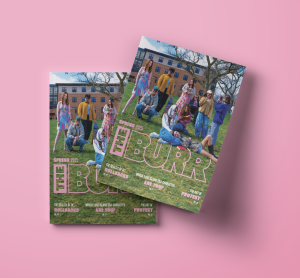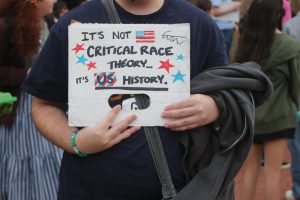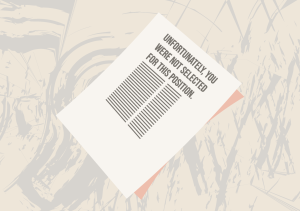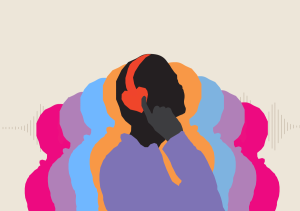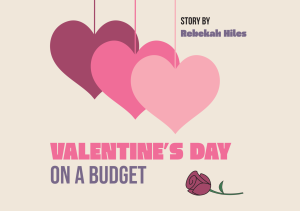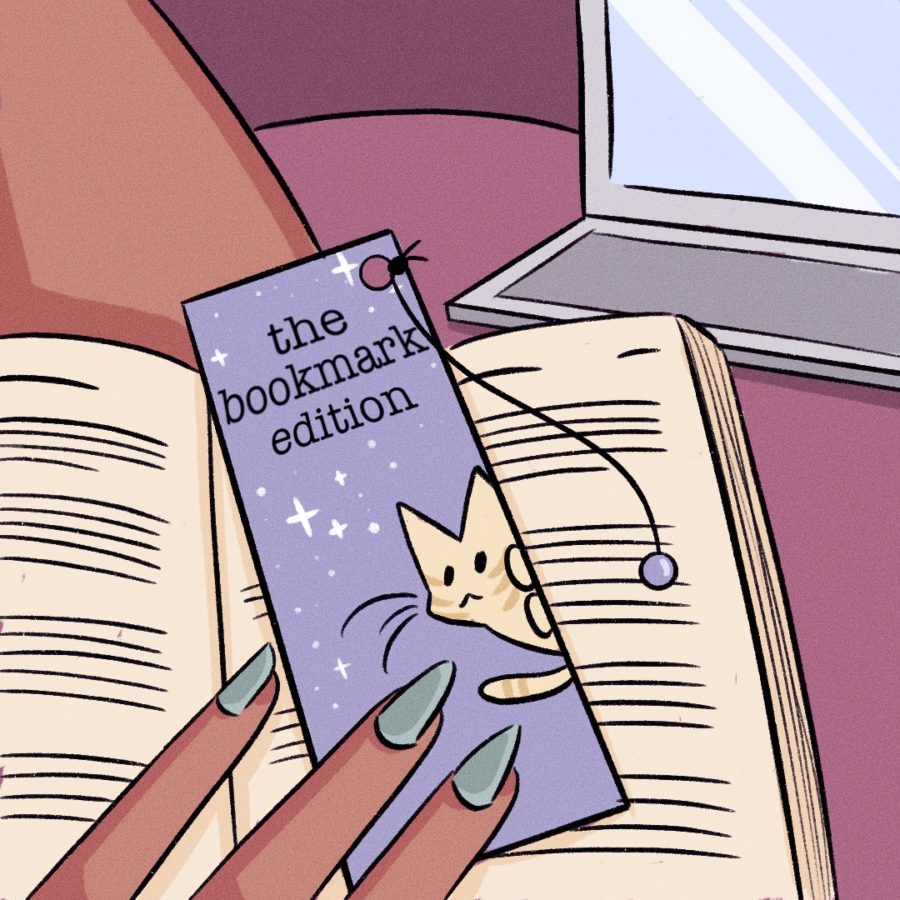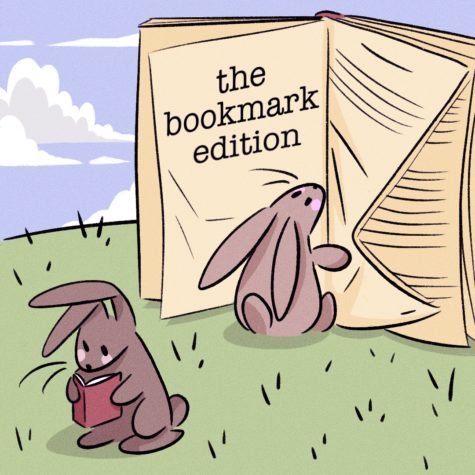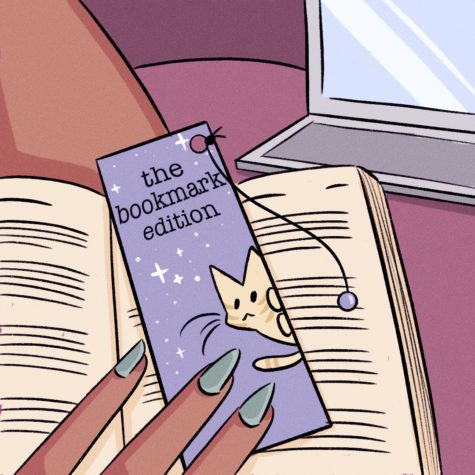Chapter 6: The Childhood Classics
As a child, I remember loving books. Everything from the smell of the library’s shelves to the countless possibilities that lie between the pages excited and encouraged me.
Even if you aren’t much of a reader, there’s still a good chance you’ve read countless books growing up. Whether you picked them up on your own accord or they were read to you, a lot of these books stand the test of time and are now considered classics.
I think our favorite books, movies or really anything from our childhood is a key in how we grow into adults. We subconsciously carry the values, strength and way of thinking we so commonly come across in our formative years.
This can make taking the walk down memory lane that much sweeter.
The Chronicles of Narnia by C.S. Lewis
Whether you’ve read the books or watched the movies, the story of the magical world hidden within a wardrobe is one that has made its way into many’s childhoods.
The story follows four siblings, a lion and other mythical creatures as they try to save a magical world called Narnia from various evils.
Although the story was meant to symbolize religion, I didn’t grow up with that perspective. To me, the story was about family, bravery and kindness.
I think the series has become a classic not only due to its popularity, but also because of its mysticism and imaginative storytelling. It was even considered a banned book for a time.
“One day, you will be old enough to start reading fairy tales again.”
― C.S. Lewis, The Chronicles of Narnia
The Giver by Lois Lowry
The first time I read this story was for an assignment in the seventh grade. I remember this book being one of the first and only assigned readings everyone in my class enjoyed and was excited over.
The story follows a young boy named Jonas who grows up in a society that is absent of crime and where people feel no emotions and see no color. When he gets assigned his “role” in this society at sixteen, he gets chosen to become “The Receiver of Memory.” The Receiver is a coveted rule chosen only every decade or so that includes the responsibility of knowing what their society used to be like.
The dystopian society the story is set in can feel unnerving and emotional. Although the story has been banned across schools due to the heavier topics it covers, I believe the story is considered a children’s classic due to its important message on conformity and individuality.
“The life where nothing was ever unexpected. Or inconvenient. Or unusual. The life without color, pain or past.”
― Lois Lowry, The Giver
Alice’s Adventures in Wonderland by Lewis Carroll
Alice in Wonderland is a well-known favorite due to Disney’s adaptation of the book in the past and present. However, the original story has actually been around for years before Disney as it was released in 1865.
The story is similar to that of Narnia, but instead of a magical world being behind a wardrobe… it’s down a rabbit hole.
Young Alice is considered too curious and eccentric in the society she grows up in. But, once she falls down a rabbit hole and into a magical world that she must save, she realizes her strengths in being different.
Alice in Wonderland is about growing up and not fitting into societal standards that women and children were so commonly meant to fall into then and now.
The story’s lasting charm, imagery and message make it such magical reading for children and adults both then and now.
“Who in the world am I? Ah, that’s the great puzzle.”
― Lewis Carroll, Alice in Wonderland
Everyone has a childhood favorite book or story they heard growing up. There’s a phrase that says “we are made up of stories.” I believe this to be rooted in both our own stories and the ones we are told. The lessons and messages we are exposed to in our youth can stay with us for a lifetime.
Your donation will support the student journalists of Kent State University. Your contribution will allow us to purchase equipment and cover our annual website hosting costs.
You can reach Mariah at [email protected]

